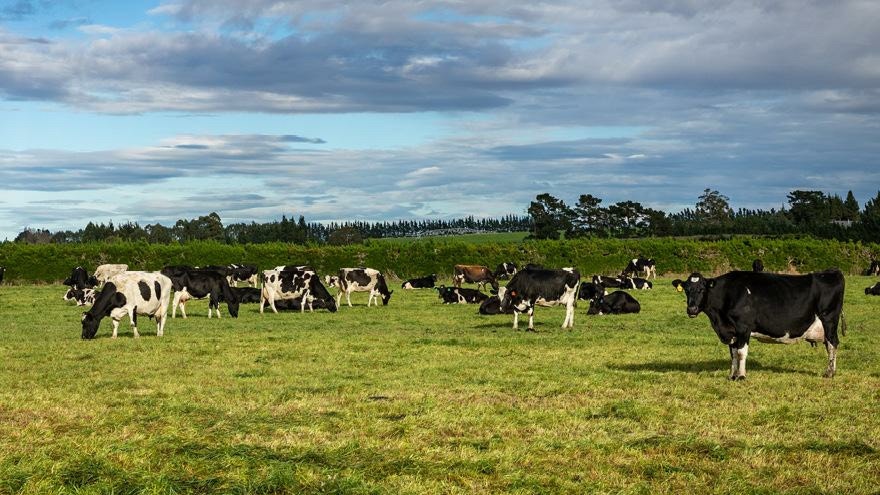
Nutrition for the calving cow
The management and nutrition of the cow in the transition period has a large impact on production, reproduction and animal health.
The transition period is defined as four weeks before and after calving. The occurrence of milk fever, retained foetal membranes and endometritis around calving has reduced on farms with a successful transition feeding programme pre-calving.
Milk fever is often called a ‘gateway’ disease due to the many flow-on effects that increase the risk of other diseases such as retained placenta, mastitis, ketosis and endometritis. Depression of the immune system at calving is well recognised and is more severe in cows with milk fever.
Components that make up a good transition diet are adequate supply of energy and protein, macrominerals, low Dietary Cation-Anion Difference (DCAD) and trace minerals.
Magnesium (Mg) stimulates the release of the parathyroid hormone and the synthesis of vitamin D. This increases mobilisation of calcium from the bones and improves the ability of the cow to absorb calcium from the diet. As there is no storage in the body for Mg, it needs to be supplied daily from feed and supplementation. High Potassium (K) and nitrogen in pasture can negatively impact the absorption of Mg, increasing the risk of milk fever.
DCAD is affected by the balance of K, sodium, chloride and sulphur minerals. Pre-calving diets high in K and low in chlorine and sulphur have a high DCAD increasing the risk of milk fever. By altering the balance of these minerals through the ration and supplements, the DCAD of the diet can be lowered, minimising the risk of milk fever.
The DCAD of pasture and supplementary feeds can be assessed by an extended feed test. This helps with balancing the ration and minerals in the diet. Feeds such as maize silage and straw are low DCAD feeds and can be included in a pasture diet for springers to reduce DCAD.
Length of exposure to the DCAD diet is important, as it takes time to work. It is recommended that pre-calving cows be on a low DCAD diet for 14 to 21 days pre-calving and no longer than 28 days.
The period post-calving is of equal importance for the cow due to the large demand for calcium. Ensure adequate calcium is supplemented to cows quickly after calving. Introduce new feeds gradually as this reduces poor rumen function and acidosis. Pay careful attention to macro and micro minerals as well as the balance of energy and protein in the diet for a successful lactation.
For more information on successful transition management of your herd, contact your local PGG Wrightson Technical Field Representative.


